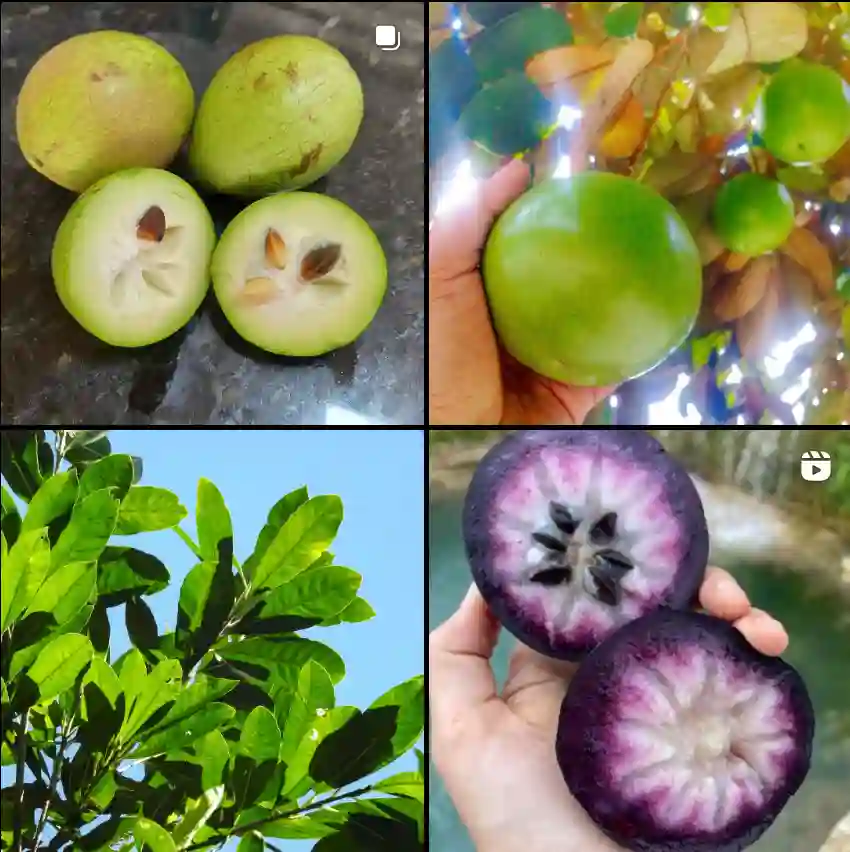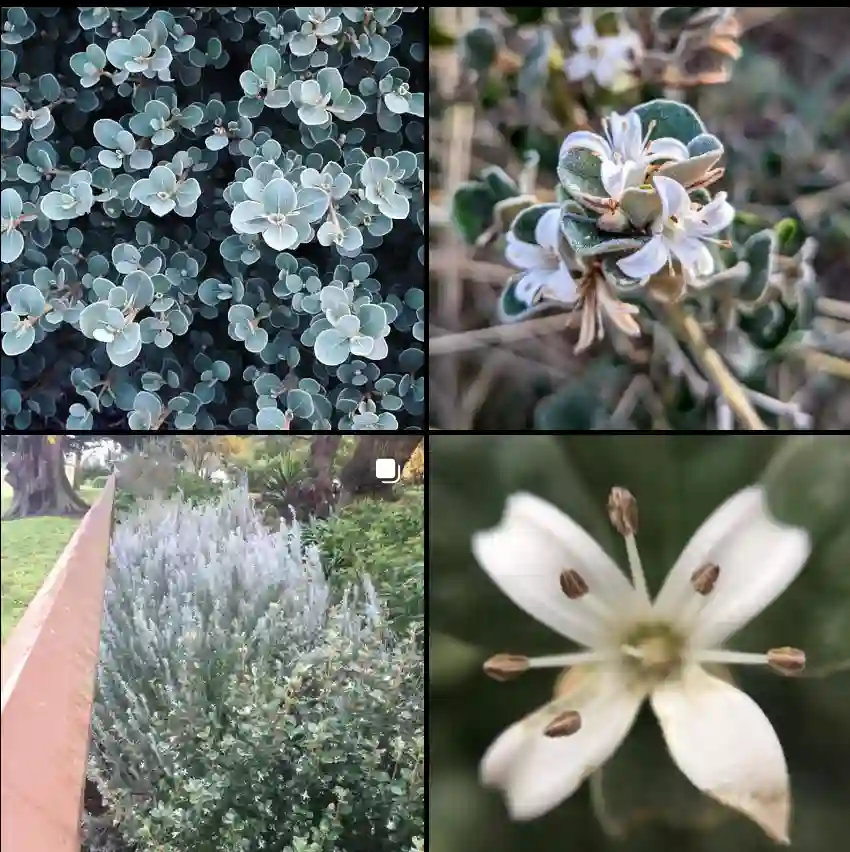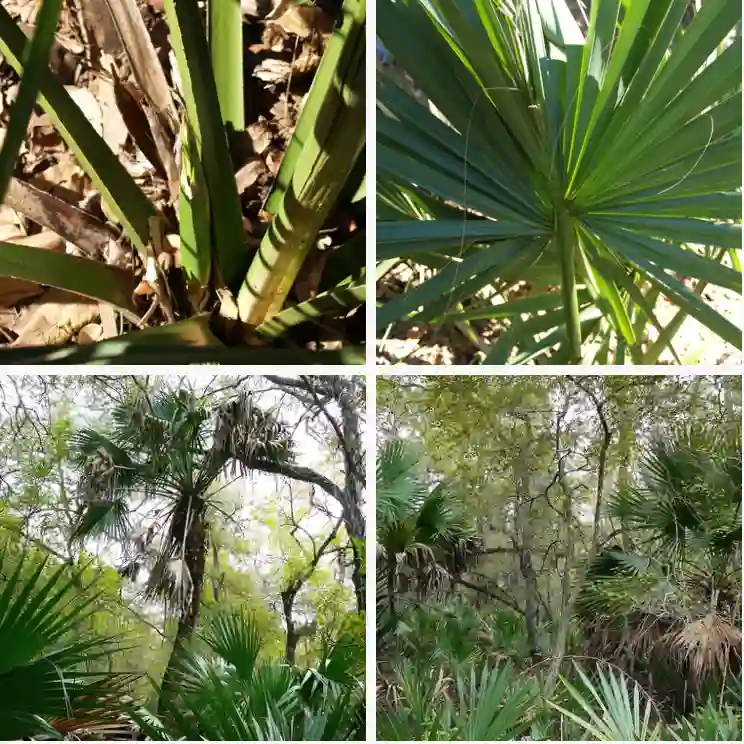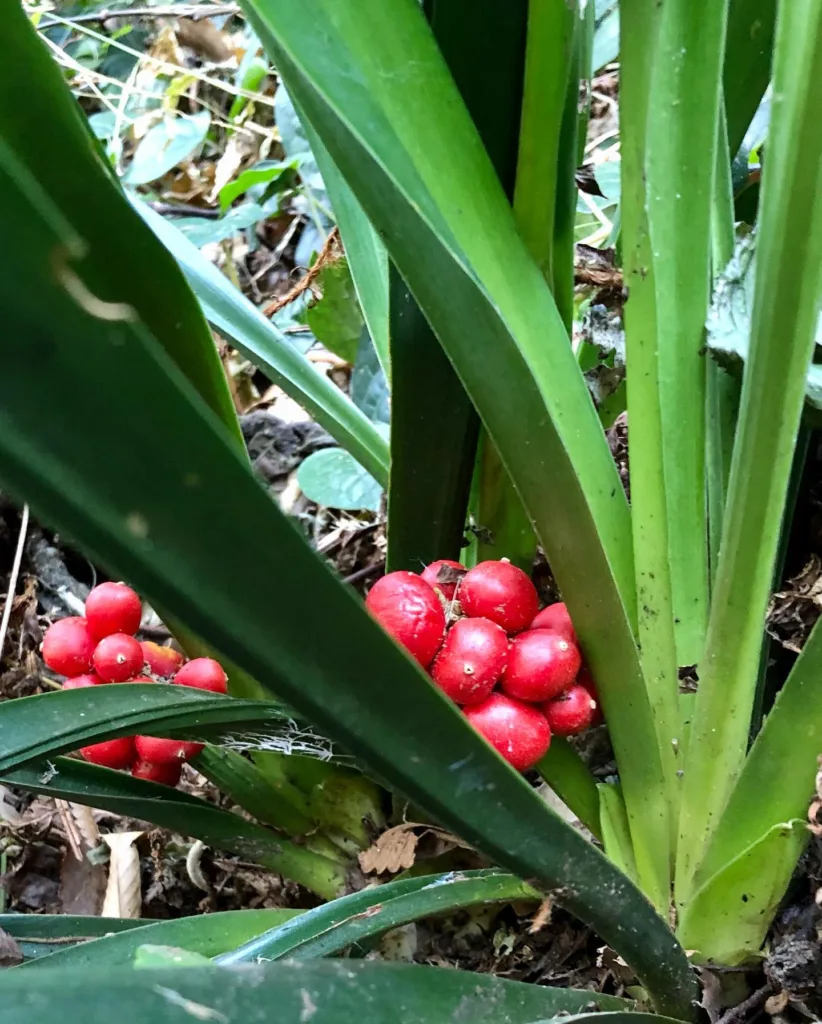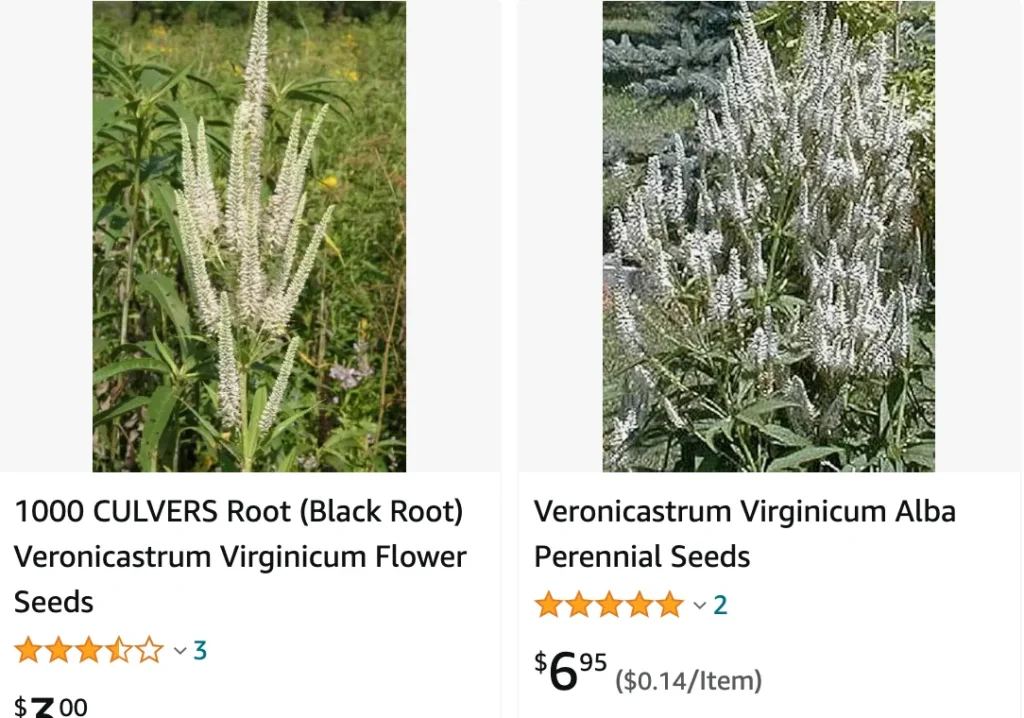
May 27 – Veronicastrum
"Veronicastrum, the tall and elegant spiked flower, represents May 27."
Veronicastrum symbolizes wisdom and clarity. You have a unique ability to rise above challenges and see the bigger picture. Like its tall, graceful spikes, you stand out with your insight and refined presence, bringing clarity and direction to those around you.
Veronicastrum: A Personal Appreciation
My name is Ferb Vu, and I’m a lifelong admirer of the plant genus Veronicastrum. These elegant perennials, with their tall, slender spires of delicate blooms, have always held a special place in my heart. Their understated beauty and resilience make them a welcome addition to any garden.
Understanding Veronicastrum
Veronicastrum belongs to the family Plantaginaceae, which also includes familiar plants like foxgloves and speedwells. The genus comprises a diverse group of species, each with its unique characteristics. They are typically characterized by their upright growth habit, lance-shaped leaves, and dense, terminal racemes of small, tubular flowers. These blooms come in a variety of colors, including white, pink, purple, and blue, attracting pollinators like bees and butterflies.
Species of Veronicastrum
The genus Veronicastrum boasts a fascinating array of species, each with its own distinct charm:
- Veronicastrum virginicum: Commonly known as Culver’s root, this North American native is perhaps the most widely cultivated species. It features tall, branching stems adorned with white or pale pink flowers.
- Veronicastrum sibiricum: Hailing from Siberia and East Asia, this species is known for its vibrant blue or purple flowers and its ability to thrive in moist environments.
- Veronicastrum axillare (Siebold & Zucc.) T.Yamaz.
- Veronicastrum brunonianum (Benth.) D.Y.Hong
- Veronicastrum caulopterum (Hance) T.Yamaz.
- Veronicastrum cerasifolium (Monjuschko) T.Yamaz.
- Veronicastrum formosanum (Masam.) T.Yamaz.
- Veronicastrum liukiuense (Ohwi) T.Yamaz.
- Veronicastrum longispicatum (Merr.) T.Yamaz.
- Veronicastrum loshanense Tien T.Chen & F.S.Chou
- Veronicastrum noguchii K.Uehara, K.Saiki & T.Ando
- Veronicastrum rhombifolium (Hand.-Mazz.) P.C.Tsoong
- Veronicastrum robustum (Diels) D.Y.Hong
- Veronicastrum stenostachyum (Hemsl.) T.Yamaz.
- Veronicastrum tagawae (Ohwi) T.Yamaz.
- Veronicastrum tubiflorum (Fisch. & C.A.Mey.) Soják
- Veronicastrum villosulum (Miq.) T.Yamaz.
- Veronicastrum wulingense G.W.Hu & Q.F.Wang
- Veronicastrum yunnanense (W.W.Sm.) T.Yamaz.
How to grow Veronicastrum?
Here’s a guide to growing beautiful Veronicastrum in your garden:
Planting:
- Sunlight: Veronicastrum enjoys full sun but can tolerate partial shade, although flowering may be less abundant.
- Soil: Prefers moist, well-draining soil. If your soil is heavy clay, amend it with compost or other organic matter to improve drainage. Sandy soils may require more frequent watering during dry periods.
- Timing: Veronicastrum can be planted in spring or fall, depending on your climate. In colder regions, fall planting allows the roots to establish before winter. In warmer climates, spring planting is also successful.
Planting Steps:
- Dig a hole 2-3 times wider than the root ball of your Veronicastrum and just as deep.
- Amend the dug-up soil with compost or organic matter to improve drainage and fertility.
- Carefully remove the plant from its pot (if container-grown) and gently loosen any pot-bound roots.
- Place the Veronicastrum in the hole, ensuring the root crown (the area where the stem meets the roots) sits slightly above the surrounding soil level.
- Backfill the hole with the amended soil mix, tamping it down gently to remove air pockets.
- Water thoroughly to settle the soil around the roots.
Aftercare:
- Watering: Water regularly during the first growing season to keep the soil consistently moist but not soggy. The frequency will depend on rainfall and weather conditions. Established plants are more drought tolerant but will benefit from occasional watering during dry periods.
- Mulching: Apply a layer of mulch (2-3 inches thick) around the base of the plant to retain moisture, regulate soil temperature, and suppress weeds. Keep mulch a few inches away from the stems to prevent rot.
- Fertilizing: Veronicastrum generally doesn’t require heavy feeding. A light application of balanced fertilizer in early spring is sufficient.
- Pruning: Deadheading spent flowers throughout the blooming season can encourage additional blooms. In late fall or early spring, you can cut back the entire plant to about 6-8 inches above the ground.
Propagation:
Veronicastrum can be propagated through division or seeds, though division is the more common method for home gardeners.
- Division: Divide established clumps in early spring or fall. Carefully dig up the entire plant and use a sharp knife or spade to divide the root ball into sections, each with healthy eyes (buds). Replant the divisions as you would new plants.
Pests and Diseases: Veronicastrum is generally resistant to pests and diseases. However, watch for common garden problems like powdery mildew or aphids. You can treat these issues with organic methods like neem oil or insecticidal soap if necessary.
How to propagate Veronicastrum?
To propagate Veronicastrum, I usually start by dividing the clumps in early spring or fall. I dig up the plant carefully and then use a sharp knife to divide the root ball into smaller sections, making sure each section has a good amount of roots and some stems. After that, I replant the divisions immediately, watering them well to help them settle in. I’ve also tried growing them from seeds, which I sow in trays and keep in a cold frame until they’re big enough to plant out. Both methods have worked well for me, but dividing the plants seems to give quicker results.
When to cut back Veronicastrum?
I find it best to cut back my Veronicastrum in late autumn, once the foliage has died back and before the first hard frost. This cleanup helps the garden look tidy over winter and prevents any disease from lingering. I usually trim the stems down to the ground, which encourages fresh growth in the spring. If I’m feeling adventurous, I might leave some seed heads for winter interest and to feed the birds, then do a final cleanup in early spring before new growth starts.
How to deadhead Veronicastrum?
Deadheading Veronicastrum is something I do regularly throughout the blooming season to keep the plants looking their best and encourage more flowers. As soon as the flower spikes start to fade, I snip them off just above a set of leaves. This neatens up the plant and can stimulate a second flush of blooms. I usually carry a pair of sharp scissors or pruning shears with me whenever I’m in the garden so I can deadhead as I go.
When to plant Veronicastrum?
When it comes to planting Veronicastrum, I’ve found that early spring or early fall are the best times. This gives the plants time to establish their roots in cooler, moister conditions before the heat of summer or the cold of winter sets in. I prepare the planting area by loosening the soil and adding some compost for extra nutrients. Once planted, I water them well and keep an eye on moisture levels, especially if we have a dry spell. Planting in these seasons has given my Veronicastrum a strong start and helped them thrive in my garden.
Conclusion
Veronicastrum is a genus of plants that I believe deserves more recognition. Their combination of beauty, resilience, and ecological value makes them an excellent choice for any garden. Whether you are a seasoned gardener or a novice, I encourage you to consider adding these lovely plants to your landscape. You won’t be disappointed.
If i die, water my plants!
